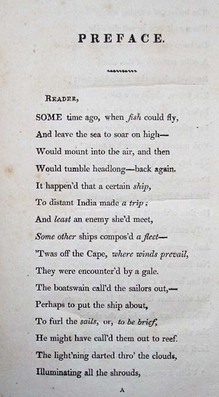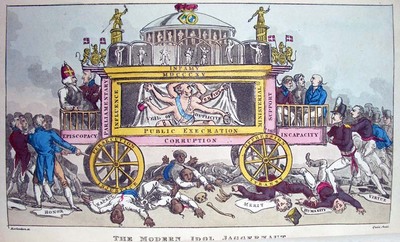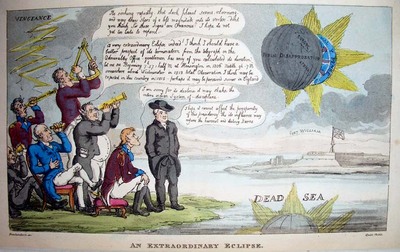Attributed to William Combe (1742-1823), The Grand Master; or, Adventures of Qui Hi? in Hindostan. A Hudibrastic Poem in Eight Cantos by Quiz. Illustrated with engravings by Rowlandson (London: Printed by T. Tegg, 1816). Graphic Arts Collection (GA) Rowlandson 1816. Gift of Dickson Q. Brown, Class of 1895.
“Qui hi, or Kooee Hye, is the Bengalee phrase meaning Who’s there. As no bells are used in the houses of the gentry in India, the servants sit at the doors of the dining or drawing room, or study, and are called … by the phrase Qui hi, to which they instantly reply by appearing. Hence all the English in Bengal are called by the Europeans of other parts of India Qui his.” — Joachim Stocqueler, Familiar History of British India (1859)
This stinging satire of British imperial rule in India, punctuated with Rowlandson’s hand colored plates, features Francis Edward Rawdon-Hastings, 1st Marquess of Hastings (1754-1826), known as The Earl of Moira. Hastings served as Governor-General of India and led the British troops to victory when the Gurkhas declared war. The battles ended in 1816 and the book appeared shortly afterwards.
Pulled for ART 453 / ECS 453 Caricature and Modernity: 1776-1914





